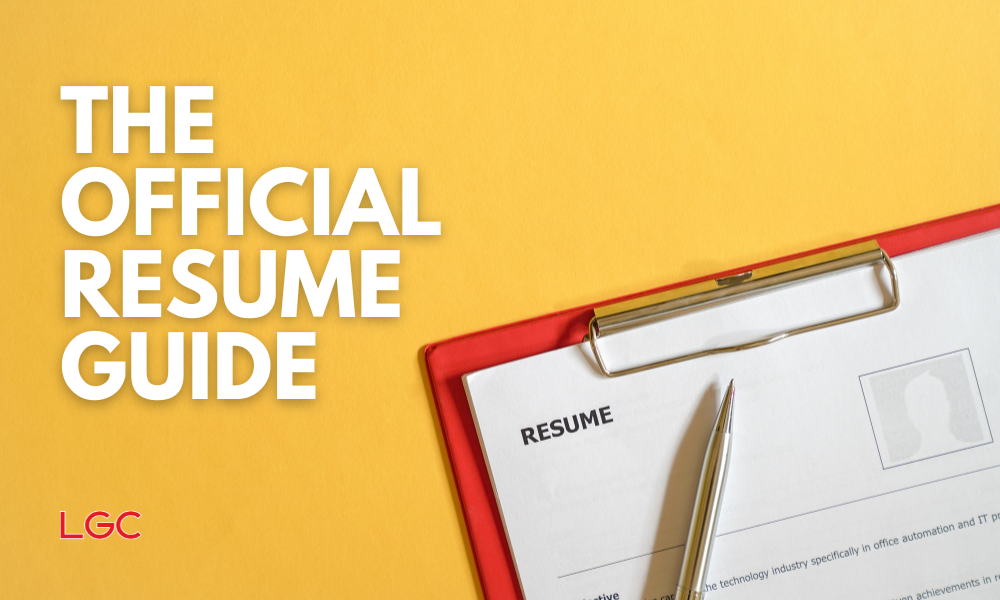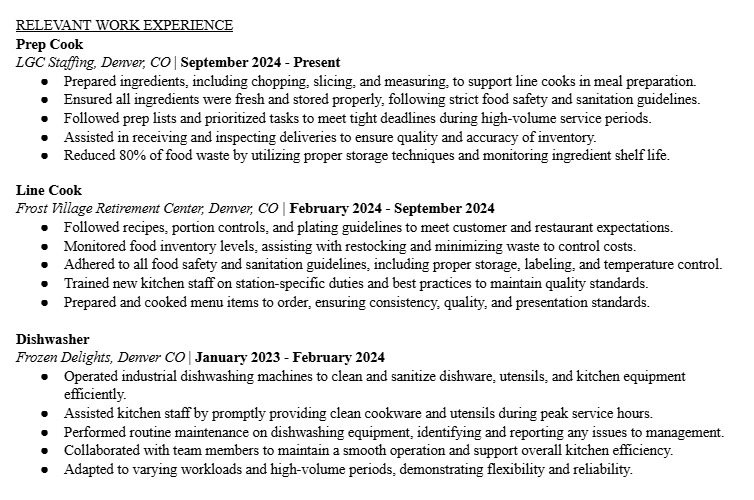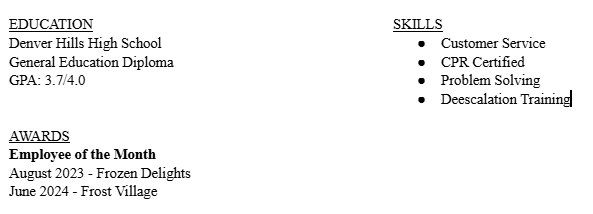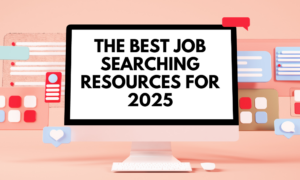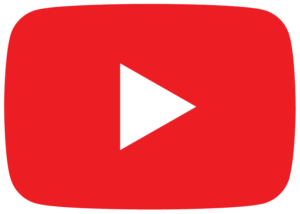LGC’s Resume Guide (with Pro Tips!)
When applying for a new job, your resume is like your superhero origin story or a dating profile — it tells the tale of who you are, how you got where you are, and why you’re the perfect match for the position.
Whether this is your first time putting together your resume or you’re just looking for new tips to enhance your existing copy, we’ve crafted a guide to building a resume that makes a statement.
1. Pick Your Format or Template
Did you know there are different formats for resumes? Most resumes are organized in reverse chronological order (most recent experience first), but others, such as the functional resume or combination resume, prioritize skills over tangible experience. In this guide, we will show you how to create a chronological resume.
Pro tip: If you’re struggling with how to start, Microsoft Word, Google Docs, and Canva offer various templates in all three of these formats that can guide you with formatting. From there, you can start inputting your information.
2. Start with Your Personal Information
At the top of your resume, include your full name (first, last), contact information (email address and phone number), and your location (city, state abbreviation). Some tips for this section:
- Your name should be in a larger font than the rest of the resume (at least 12 pt but no bigger than 16 pt).
- Make sure your email address is simple and professional (e.g., lgcassociates123@gmail.com).
- You do not need to include your full address, just the city and state.
For example, below Jack Frost’s name is larger than the rest of his contact information.

3. Add in Your Relevant Work Experience
The next section includes all your prior work experience. Notice that we included the word “relevant.” One of the best things you can do to set your resume up for success is to tailor your work experience to the job you’re applying for.
If you’re creating a resume for your first job, you might not have any work experience; however, there are still things you can document on your resume to show your skills. Here are some things to include:
- Volunteer experience
- Extracurricular activities (hobbies, sports, clubs, etc.)
- Skills that the employer is looking for
If you already have work experience, list up to three jobs that demonstrate why you’re the best fit for the role. Start with the most recent job you’ve held and work your way back.
For example, if Jack Frost is applying for a position as a sous chef, he’s going to pick three jobs that show his competence in the kitchen, specifically when it comes to cooking. So, instead of mentioning his job as a housekeeper in a hotel, he will highlight his work as a line cook and a prep cook.
When listing your experience, make sure to:
- Use bullet points to describe your experience (no more than 4-5).
- Start sentences with powerful verbs (e.g., instead of “did,” use verbs like “executed” or “facilitated”).
- Use statistics whenever you can to show how you helped the company succeed (e.g., “Implemented an inventory system that decreased food spoilage by 80%”).
- Highlight the hard skills (e.g., food prep) and soft skills (e.g., teamwork, problem-solving) you used at your job.
Pro tip: Many companies use automated systems that recognize keywords from the job description on the resume. Include keywords in your work experience to increase the chances of advancing in the application process.
4. Educational Experience
This is a fairly simple section that goes right beneath your work experience. In this section, list:
- High school, undergraduate, graduate, or other degree programs you’ve completed
- Specialized training programs
- Certifications or licenses
- Awards you received
For anything you list, mention the name, location, and time period of completion.
Pro tip: This is usually a small section, so to save space, you can use columns for this section and the skills section. See example below.
5. List Your Skills
In your relevant work experience section, you’ve already detailed some of your hard and soft skills. However, this skills section is the place to list any other skills or technical expertise you may have.
For example, many people list their proficiency in computers, project management, any languages they can speak, and soft skills such as critical thinking, customer service, attention to detail, and more.
This section can be formatted as a simple bullet-pointed list.
6. Proofread and Make Edits, Then Submit!
After you’ve filled out all parts of your resume, look over your work and edit any spelling, punctuation, or grammar mistakes. Then you’re ready to submit!
Pro tip: AI editing tools can be really helpful for correcting grammar, spelling, and punctuation. They can also give you ideas for describing your experience and provide translations!
Your resume is your bread and butter as a job applicant. With this guide, you can submit applications that you’re proud of and that set you up for success!
To download our resume template, click the button below that corresponds with the platform you would prefer. Leave any questions or comments below!
More more resume and application tips, check out our other posts for more helpful hints!
Never miss an update when you follow us on our social media!
About LGC
Since 2003 LGC has been building connections between businesses with staffing needs and job seekers looking for new opportunities. Our range of solutions includes temporary and permanent placements (and everything in between) for a variety of industries. With offices located nationwide, we can tap into a dynamic pool of talented professionals. We have a passion for creating partnerships that last and work hard every day to ensure both clients and candidates reach their employment goals.

